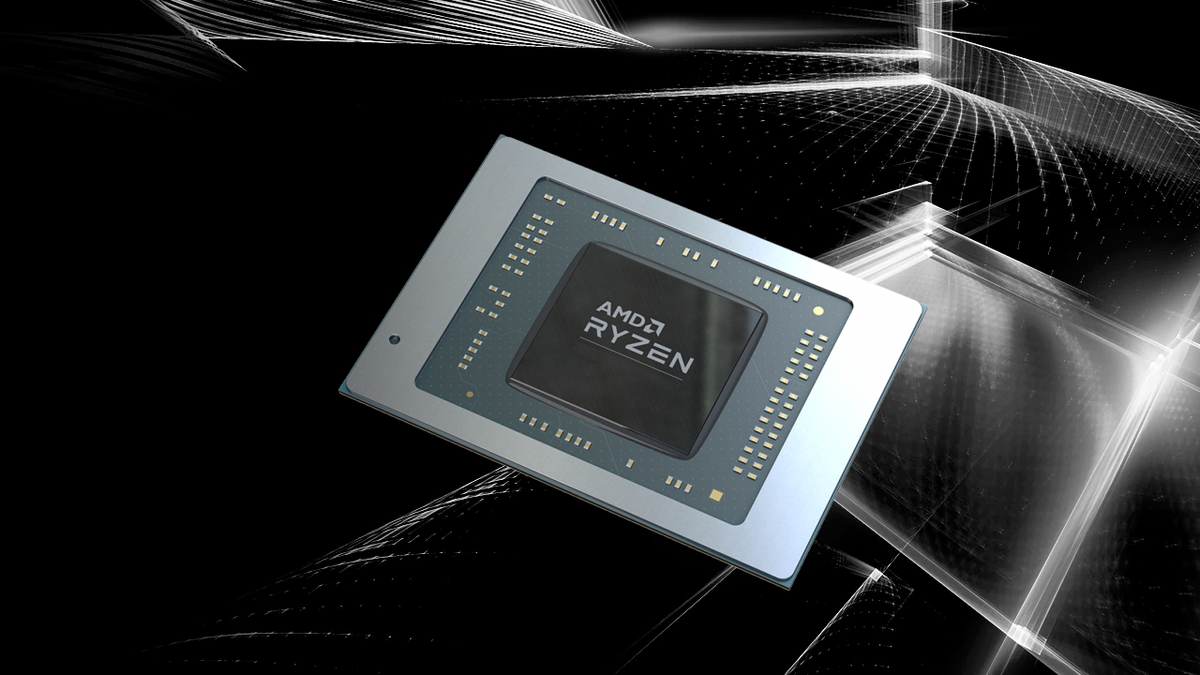AMD has confirmed that the monitoring of its XDNA Neural Processing Units (NPUs) will soon be available on Windows Task Manager through Microsoft’s Compute Driver Model. Currently, Windows 11 has the capability to monitor the NPU units within Intel’s latest Core Ultra Meteor Lake CPUs. However, this will change with the forthcoming updates. While an exact release schedule has not been disclosed, it is speculated that AMD is aiming to integrate this feature with Microsoft’s upcoming AI-focused patch, Windows 11 24H2.
The integration of AMD’s XDNA NPUs monitoring on Windows 11 will be facilitated by Microsoft’s Compute Driver Model (MCDM), an adaptation of the Windows Display Driver Model (WDDM) tailored for compute-centric microchip processors such as NPUs. AMD has highlighted that MCDM will empower Windows to oversee NPU functions, encompassing power management and scheduling akin to CPU and GPU operations. This functionality will be crucial as NPU usage expands and multiple applications vie for NPU utilization concurrently.
Similar to Intel’s implementation, Task Manager is expected to display the compute and copy usage of the NPU through separate graphs, along with details on the total and shared memory allocation utilized by the NPU. Initial iterations of these NPUs will share system RAM, lacking dedicated memory. However, future versions incorporating dedicated NPU memory will likely be reflected in Task Manager, akin to GPU memory monitoring.
AMD emphasizes the significance of Task Manager NPU monitoring for the future of computing, asserting that it can streamline software development and enhance user device optimization, including battery life enhancement.
Although NPU support is in its nascent stages, the future may witness a proliferation of AI-driven applications leveraging these specialized processing units. The primary advantage of Neural Processing Units lies in their localized hardware acceleration capabilities, enabling AI tasks to be executed on the local machine itself, unlike cloud-based solutions that may be slower and pose security risks. NPUs also enable AI workloads to function in offline environments or areas with unreliable internet connectivity.
AMD has already progressed to its second-generation NPU architecture known as XDNA2. The initial iteration was introduced with the Ryzen 7040 Phoenix CPUs in 2023, delivering 10 TOPS (INT8 teraops) of performance. The latest XDNA2 iteration boasts three times the speed and is featured in the newer Ryzen 8040 series Strix Point mobile CPUs. Additionally, AMD’s desktop Ryzen 8000G APUs incorporate NPUs based on the earlier Phoenix architecture housing the first-generation XDNA chip.










